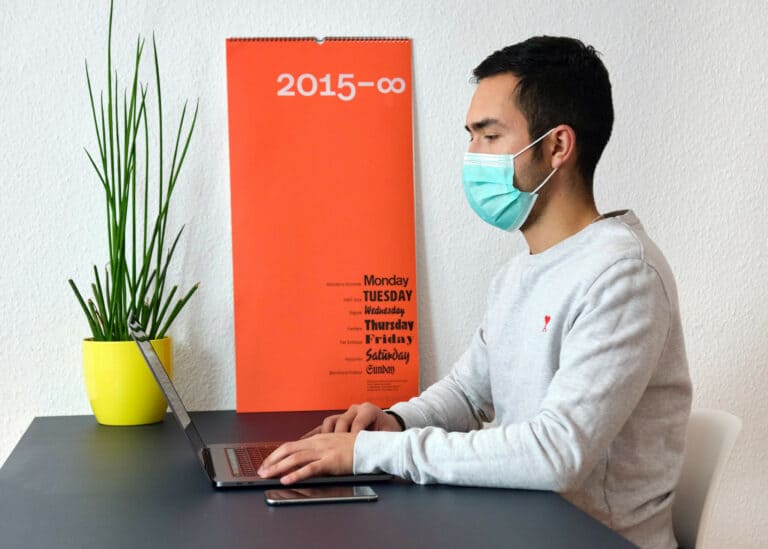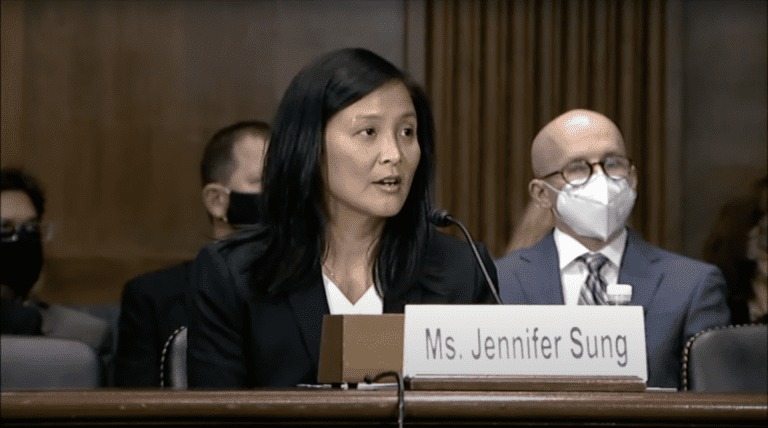
Gwendolyn Gissendanner is a student at Harvard Law School and a member of the Labor and Employment Lab.
As K-12 schools welcomed students back to the classroom, they had to grapple with a new challenge: a nationwide teacher and staff shortage accelerated by the pandemic. The composition of these shortages differ around the country: Michigan saw a 44% increase in retirements and resignations over the past year, districts in Texas saw 400% increases in vacancies, 1 in 10 teachers in Providence, Rhode Island retired early, Florida vacancies increased by 67%, and Los Angeles County’s vacancies increased by 400 teachers. Despite these differences, districts around the country are bracing themselves for the same, detrimental outcomes: increased class sizes, disruptions in student learning, and ultimately, the threat of widespread school closures.
While public schools have struggled to hire qualified teachers for over a decade, pandemic stressors triggered a dramatic spike in resignations, early retirements, and further deterred individuals from joining the profession. To make matters worse, schools are struggling to keep their doors open as the substitute teacher pool dramatically dwindles in conjunction with full-time departures. To fill gaps in staffing, remaining teachers have sacrificed their preparation periods to cover unsupervised classrooms, worked lunch lines, and in extreme cases, driven school busses. Principals are additionally facing tough decisions to temporarily shut down classrooms or instruct classrooms themselves to manage substitute unavailability. Despite numerous districts increasing pay, recruitment bonuses from pandemic aid, and even sending letters to thousands of educators begging them to return to the profession, teachers refuse to return to pandemic protocols, health concerns, minimal benefits, and contentious political disputes burdening their already substantial duties.
The overarching sentiment among teachers participating in the “great resignation,” is that teaching was already too much, and the increased stresses and demands created by the pandemic pushed numerous teachers beyond their breaking points. Prior to Covid, teachers’ responsibilities extended far beyond the classroom to include breaking up fights, acting as surrogate social workers, and paying for school supplies directly from their strained pockets. During the pandemic, these stressors were amplified as teachers developed remote lesson plans overnight, risked their health and safety to return to classrooms prematurely, and implemented covid protocols in their classrooms—adding an additional 6 hours of work per week to the average teacher’s schedule. The change in pandemic-related duties, without increased pay or support, created a toll on teachers who were more likely to report job-related stress and depression than the general population—so much so that a June National Education Association survey revealed more than 32% of respondents planned to leave the profession earlier than expected based on their current workload.
Many of them are deciding to never return. A recent RAND survey estimates 1 in 4 teachers are contemplating quitting, and a September Brookings Institute survey revealed that on average, 40% of teachers who contemplated leaving because of Covid-19, ultimately resigned. These resignations did not occur without ripple effects. The subsequent shortage is forcing remaining teachers to cover subjects without experience and deal with larger class sizes to the detriment of their students; many educators feel burned out and ineffective, creating a vicious cycle of job dissatisfaction.
To make the stresses of educating through shortages worse, teachers continue to be swept up in political decision-making affecting their ability to control health and safety in their classrooms. The largescale return to in-person learning has led to physical distancing requirements, mask mandates, and vaccine mandates in states with strict covid restrictions. The turbulent political nature of the pandemic, however, has created major discrepancies in safety protections between states. In Republican states, where the virus is rampant, state officials have created challenges for schools seeking to reduce the spread and have even gone as far as revoking salaries over mask mandates. States such as Florida, for example, with the fewest educational resources, highest Covid rates, and lowest teacher pay, continue to burden already stressed educators by refusing to supply them with adequate supplies and cleaning products. Additionally, parents in these districts often worsen conditions by spreading content about mask mandates infringing on personal liberties, blaming teachers and their unions for delays to in-person learning, and threating to resort to violence as educators carry out social distancing measures—creating a culture of harassment and intimidation. The profession, in these politically charged environments, proves particularly hazardous for immunocompromised teachers since schools without indoor mask requirements are 3.5 times more likely to have an outbreak. As school reopenings lead to an increase in Covid-19 cases and deaths, teachers in states without proper Covid safety measures must make impossible decisions between their health, their students, and their livelihoods.
Critically, while the shortage of full-time teachers has threatened working conditions in schools, the substitute teacher shortage further exacerbates threats of school closures. With the combination of resignations, teacher illnesses, and quarantining, administrators are struggling to find coverage for classrooms. School systems have resorted to controversial policies to address these substitute shortages, such as dropping requirements for bachelor degrees and speeding up substitute certifications—both with little success. The continued decline in the substitute teacher pool stems from the start of the pandemic; school districts treated substitutes as an afterthought. When schools shifted to online learning, substitutes, and other hourly employees, were left without pay, healthcare, and benefits, and left to navigate unemployment systems with little information regarding their futures at the schools where they previously worked. Importantly, substitute teaching has long been heralded as an ideal position for retired teachers, many of whom are in age ranges that make them susceptible to high-risk Covid infections; for most, the risks and stressors just aren’t worth it.
As more educators reach their limits and as substitutes move on to part-time careers with greater certainty, less exposure risks, and fewer stressors, the nation’s largest teachers’ union points out the need to address conditions leaving teachers “stressed,” “exhausted,” and “stretched thin.” To reverse the stark decrease in local education employment, district, state and national legislators must think holistically about addressing burnout in the profession. Some possibilities may include:
- Increasing teacher pay to address increased hours and burdens related to the pandemic, whether through local increases or through additional stimulus funding at the federal level
- Increasing sick days for teachers and dismantling furlough systems that balance budgets at the expense of teachers’ wages
- Increasing substitute teacher pay, and extending comprehensive contracts and benefits to substitutes
- Canceling student-loan debt to decrease financial stress of current teachers and to incentivize entrance to the profession
As states continue to threaten to decrease teacher pay or eliminate vacant positions in response to a pandemic-inflicted recession, now is a more important time than ever to support educators when students need them most—after more than a year of disjointed learning and stunted social interaction for vulnerable students. Educator advocacy groups make clear that increasing pay alone is not enough to keep dissatisfied teachers in the classroom. To avoid the death-by-a-thousand-papercuts, state and federal lawmakers must address the root causes of burnout, provide teachers with adequate material and equipment for pandemic learning, AND increase pay to unsung heroes who continue to educate and supervise children so that each of us can return to some semblance of pre-pandemic life.










Daily News & Commentary
Start your day with our roundup of the latest labor developments. See all
July 11
Regional director orders election without Board quorum; 9th Circuit pauses injunction on Executive Order; Driverless car legislation in Massachusetts
July 10
Wisconsin Supreme Court holds UW Health nurses are not covered by Wisconsin’s Labor Peace Act; a district judge denies the request to stay an injunction pending appeal; the NFLPA appeals an arbitration decision.
July 9
the Supreme Court allows Trump to proceed with mass firings; Secretary of Agriculture suggests Medicaid recipients replace deported migrant farmworkers; DHS ends TPS for Nicaragua and Honduras
July 8
In today’s news and commentary, Apple wins at the Fifth Circuit against the NLRB, Florida enacts a noncompete-friendly law, and complications with the No Tax on Tips in the Big Beautiful Bill. Apple won an appeal overturning a National Labor Relations Board (NLRB) decision that the company violated labor law by coercively questioning an employee […]
July 7
LA economy deals with fallout from ICE raids; a new appeal challenges the NCAA antitrust settlement; and the EPA places dissenting employees on leave.
July 6
Municipal workers in Philadelphia continue to strike; Zohran Mamdani collects union endorsements; UFCW grocery workers in California and Colorado reach tentative agreements.